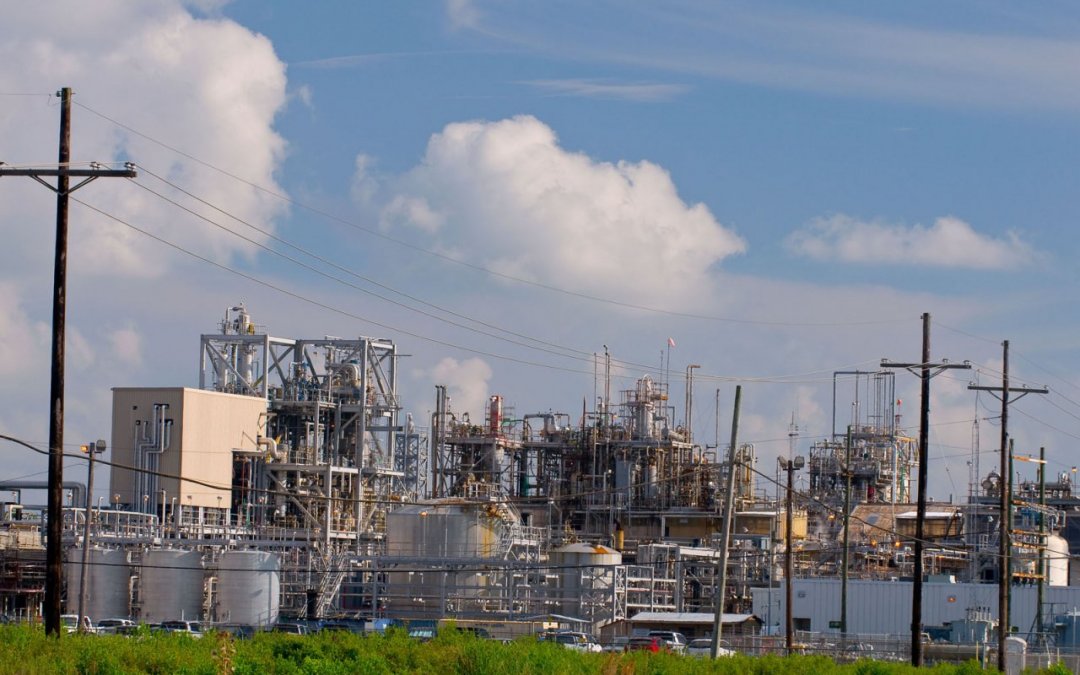WASHINGTON — The EPA proposed changing how it evaluates the risks of toxic chemicals, aiming to make the process more efficient for the manufacturing industry.
“This work is yet another example of how we can and will protect human health and the environment while allowing manufacturing and industrial sectors to thrive,” EPA Administrator Lee Zeldin said in the news release on Sept. 22.
The Toxic Substances Control Act was passed by Congress in 1976 to protect human health and the environment from risks posed by toxic chemicals used in manufacturing commercial products, like plastics and rubber. It was flagged for review after President Donald Trump issued an executive order in February, directing agencies to identify regulations that need to change to better fit with the administration’s policies.
The EPA said in a statement that the amendments will not affect its method for reviewing toxic substances. Instead, the proposed rule would evaluate the risk of each condition of use separately, including the manufacture, distribution, use and disposal of the chemical.
It would also consider the effect of personal protective equipment in mitigating risk during the evaluations. Earthjustice Attorney Kelly Lester said that considering personal protective equipment endangers workers by lessening the danger.
“If EPA is understating the risk at the front end, then the protections that it’s going to put into place at the risk management stage are going to be insufficient,” Lester said.
Lester added she is concerned the amended evaluation process would overlook air exposure and the cumulative effects of chemical plants in the same vicinity.
For example, some chemicals involved in the manufacturing process are released through the air and water into surrounding communities. If there are multiple chemical facilities in the same area, there are increased, or “aggregate,” risks of chemical exposure for nearby residents.
By allowing aggregate risks to be excluded from evaluations, the proposed rule would underestimate the danger these toxic substances pose, Lester said.
“(TSCA) looks at a chemical throughout the life cycle in order to understand the true risk that the chemical faces,” Lester said. “You can’t just ignore slices of that and then say, ‘Okay, here’s what the risk is.’ You have to look at the entire thing.”
The American Chemistry Council, which advocates for the chemical industry, said the proposed changes to the review process would improve efficiency and transparency for businesses.
“For chemical manufacturers and the countless downstream sectors that rely on our industry’s innovative materials, clearer processes mean more predictable timelines, consistent guidelines and greater confidence when making business and investment decisions,” Kimberly Wise White, vice president of regulatory and scientific affairs at the ACC, said in an email statement.
She added that the proposal considers “real-world” applications of toxic substances.
This is not the industry’s first push for separate evaluations for each condition of use.
Under the Biden administration, the EPA changed the TSCA risk evaluation process to consider all exposure pathways and parts of the chemical’s life cycle.
The ACC, chemical manufacturers and labor unions petitioned a review of the 2024 rule in court for requiring evaluations to include all conditions of use. The litigation hinted that changes were coming down the pipe.
“We thought that a lot of these changes were coming,” Lester said. “And the rule did not disappoint in that regard.”
Some of the proposed changes backed by the EPA and chemical industry have already been challenged in court for endangering human health and the environment.
Congress passed a bipartisan act in 2016 to revise the TSCA, which allowed the EPA to identify and regulate the risks of toxic chemicals used in commercial products.
In 2017, the EPA announced a framework for evaluating the risks posed by toxic chemicals. It did not require evaluations for all conditions of use, similar to the 2025 proposal.
Several advocacy groups and labor unions sued the EPA on the grounds that its final rule endangered human health. In 2019, the U.S. Court of Appeals for the Ninth Circuit ruled the EPA could not ignore the long-term effect of a chemical’s use, even after it stops being manufactured. For example, asbestos is no longer manufactured but still found in older paint, insulation and more. The agency said in a statement that it will follow the court’s ruling.
The appeals court did not rule on whether the EPA was allowed to evaluate conditions of use separately.
“In that case, one very significant thing that the court did was say that certain conditions of use cannot be categorically excluded from consideration under a risk evaluation,” Lester said. “And that is something that this proposed rule basically ignores.”


